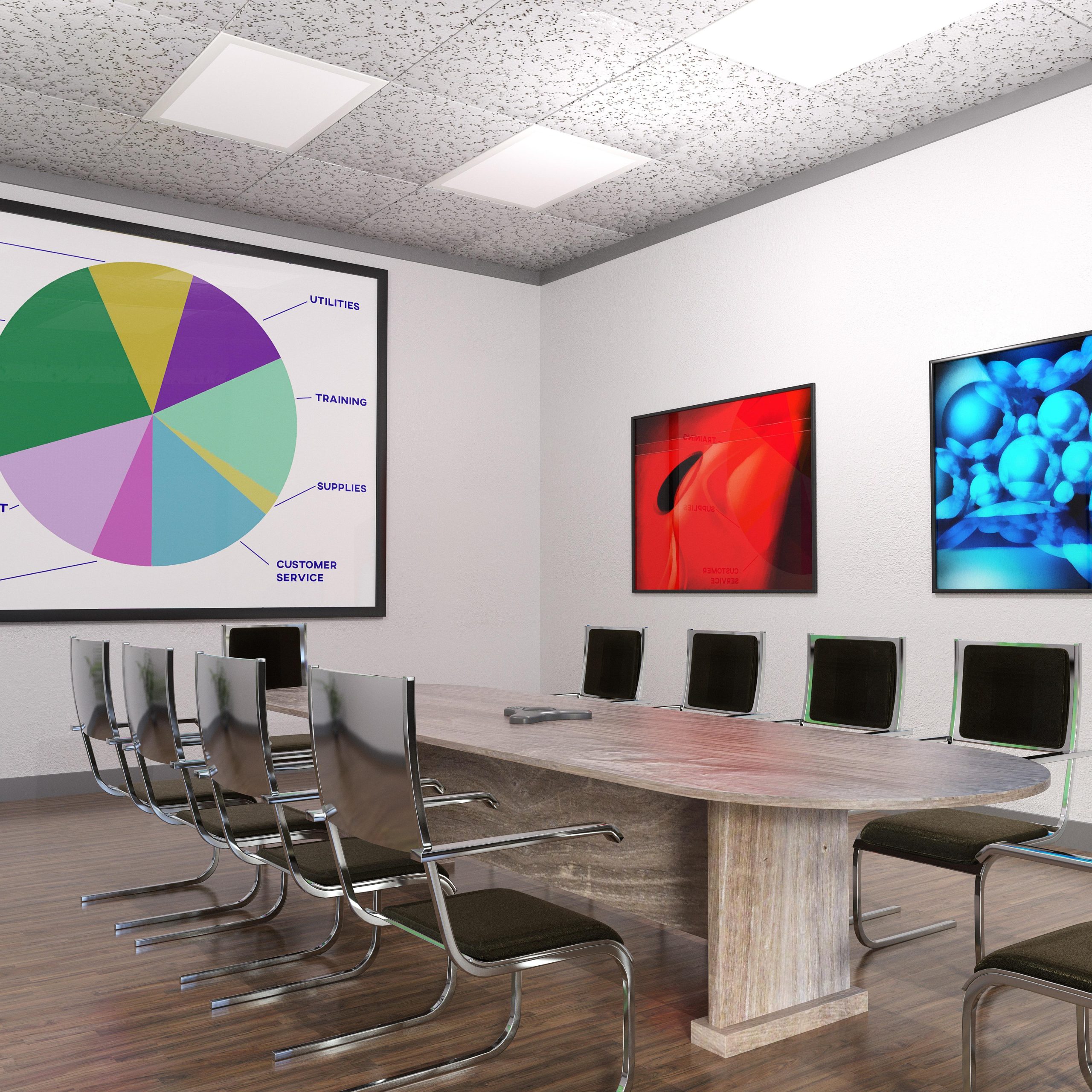Every marketer knows the thrill of posting content online and watching the numbers climb—likes, comments, shares. But there’s one metric that cuts through the noise: the click-through rate (CTR).
A click is more than just a number. It’s a decision. It’s a person saying, “Yes, I want to know more.” So why do people click some posts but scroll past others? The answer lies in psychology.
Click-through rates are not just about clever headlines or flashy visuals. They tap into deep human behaviors: curiosity, trust, emotion, and even fear of missing out. In 2025, where attention spans are shorter than ever, understanding the psychology behind CTR can make the difference between a post that disappears in the feed and one that drives real engagement.
What Is Click-Through Rate, Really?
Technically, CTR is the percentage of people who see your content and decide to click on it. If 1,000 people see your ad and 50 click, your CTR is 5%.
But behind that percentage is something more meaningful: a chain of micro-decisions made by real humans.
- Did the headline spark curiosity?
- Did the thumbnail build enough trust to click?
- Did the post feel relevant in that moment?
CTR is less about math and more about psychology. It’s about what makes someone stop scrolling and take action.
Curiosity: The Power of the Unknown
Humans are naturally curious. Our brains hate incomplete information, which is why cliffhangers in TV shows keep us binge-watching. The same principle applies to social media.
A headline like “The One Mistake That’s Killing Your Engagement” outperforms “Common Engagement Mistakes” because it leaves a gap the brain wants to fill. That gap is curiosity—and clicking is how we close it.
But there’s a balance. If your content feels like clickbait and doesn’t deliver on the promise, trust drops, and CTR suffers long-term. The best-performing content sparks curiosity while still feeling credible.
Trust and Credibility: The Invisible Gatekeepers
You could have the most intriguing headline in the world, but if users don’t trust you, they won’t click.
Trust is built through:
- Consistency: Posting regularly and delivering quality every time.
- Professional visuals: A polished thumbnail signals authority.
- Social proof: Likes, shares, or endorsements from others lower the risk of clicking.
In psychology, this is called the principle of authority. People are more likely to act when they perceive the source as credible. For CTR, trust is the invisible gatekeeper.
Emotion: The Hidden Trigger of CTR
We like to think our decisions are logical, but most are emotional. CTR thrives on this. Posts that evoke strong feelings—whether joy, fear, or awe—outperform neutral ones.
- Joy & Inspiration: Motivational posts often see high clicks because they uplift.
- Fear of Missing Out (FOMO): Urgent headlines like “Only 24 Hours Left” trigger clicks.
- Anger or Shock: Controversial takes grab attention, though they’re risky for brand reputation.
Neuroscience shows that emotional content activates the amygdala, which drives faster decision-making. On social media, that translates into impulsive clicks.
Relevance: The Right Post at the Right Time
Even the most eye-catching post will flop if it doesn’t feel relevant to the audience. In 2025, algorithms are better than ever at personalizing feeds, but relevance is still about how well your content matches your audience’s needs.
Think of relevance as timing plus context.
- A tax-related post performs best in April.
- Fitness challenges trend in January when people set resolutions.
- A meme about the latest pop culture moment works only if posted in real time.
Users click when they feel: “This is for me, right now.”
Visual Psychology: Why Thumbnails Matter
We live in a visual-first era. Studies show that people process images 60,000 times faster than text. That’s why thumbnails, images, and short-form video covers are critical for CTR.
Some psychological cues that work:
- Faces: We are wired to notice human faces.
- Contrast: Bright colors or bold text stand out in crowded feeds.
- Directional cues: Arrows or gazes pointing toward a button subtly guide users to click.
Your thumbnail isn’t just decoration—it’s psychological design at work.
Social Proof and Herd Behavior
Ever clicked a video simply because it already had millions of views? That’s herd psychology. We trust what others have already validated.
For CTR, this means:
- Displaying engagement counts boosts trust.
- User-generated content or testimonials increase credibility.
- Viral hashtags encourage clicks because “everyone is talking about it.”
The more people we see engaging, the safer it feels to click.
Cognitive Load: Keep It Simple
The human brain is a master at avoiding unnecessary effort. If your post feels complicated, people will keep scrolling.
That’s why clean design, short headlines, and clear calls to action matter. When users understand what they’ll get by clicking, CTR rises. When they have to think too hard, CTR drops.
This ties to cognitive load theory: the less effort required, the more likely someone is to act.
CTR Across Platforms in 2025
Click-through behavior isn’t the same everywhere. Each platform has its quirks:
- Instagram: Visual hooks (thumbnails, Reels covers) matter most.
- TikTok: Curiosity-driven captions + trending sounds boost clicks.
- LinkedIn: Professional relevance and authority dominate CTR.
- X (Twitter): Emotional triggers and real-time events drive clicks.
- YouTube: Thumbnails + curiosity-based titles rule CTR.
Knowing the psychology of each platform is as important as understanding CTR itself.
Practical Tips to Improve CTR
So how can you use psychology to improve CTR in 2025?
- Lead with Curiosity: Craft headlines that tease, not tell.
- Build Trust Overtime: Be consistent, credible, and professional.
- Leverage Emotion: Use storytelling that makes people feel something.
- Be Relevant: Match posts to trends, timing, and audience needs.
- Design for Clicks: Optimize thumbnails and reduce clutter.
- Show Social Proof: Display engagement to reduce hesitation.
These aren’t hacks—they’re rooted in how the human brain works.
Other Articles
How to Balance Learning and Working: Time Management Tips
Learning from Mistakes: Why Failure Is the Key to Success




